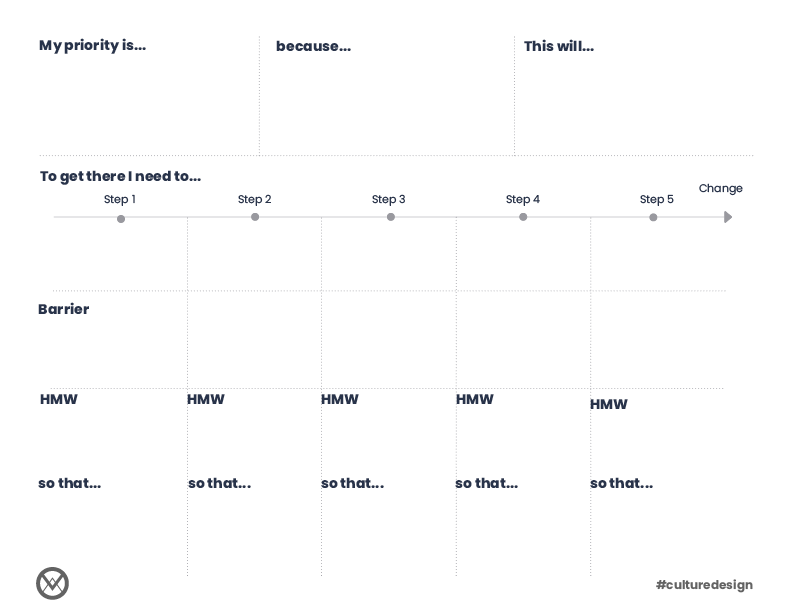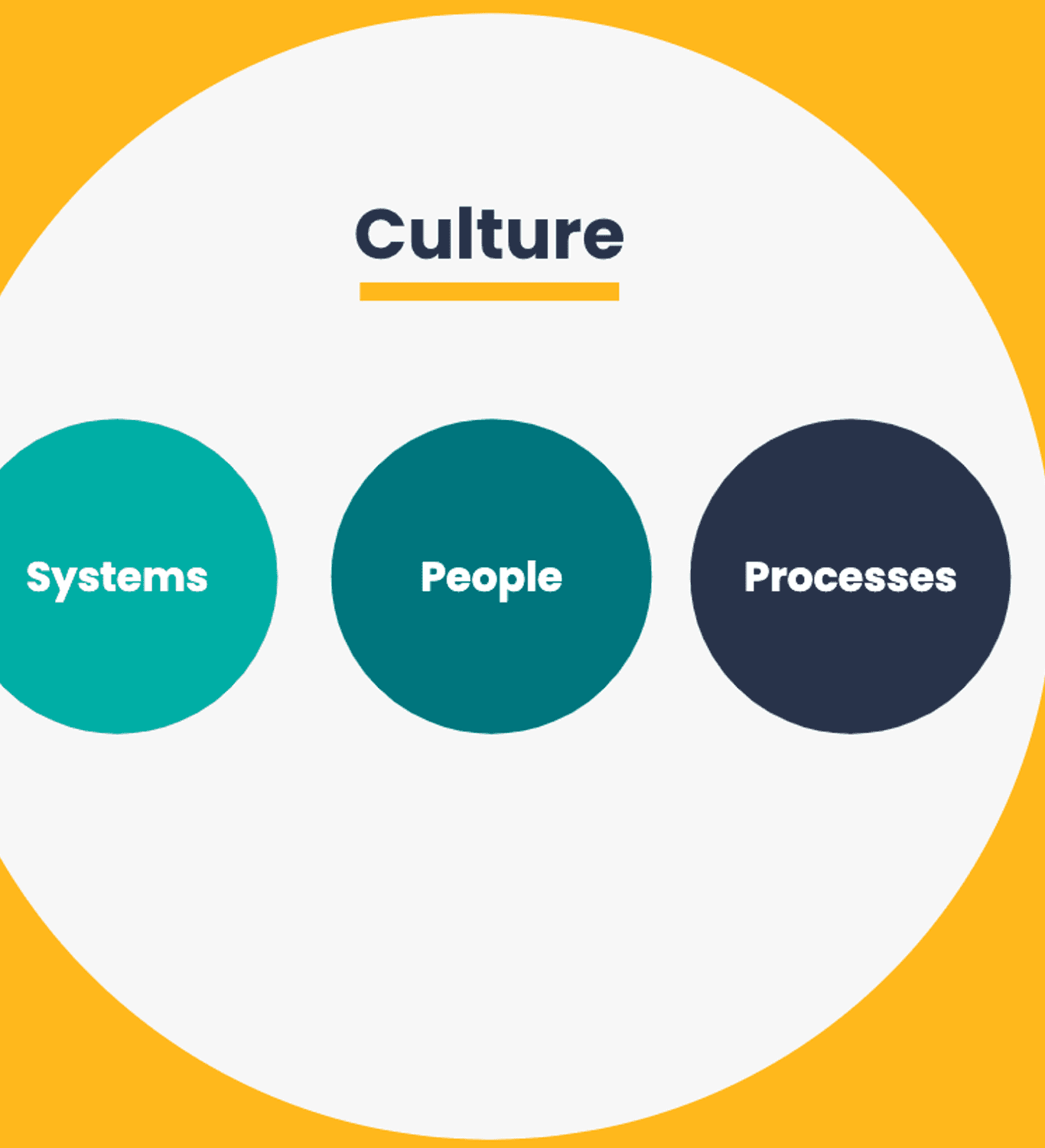Understanding Culture & Priorities (Part 2 of 2)
I wrote the first part of this 2 part series that explained a new way of thinking about culture. This article gives you a tangible tool you can takeaway and use.
In my last post, I explained the importance of rethinking our cultural constraints and flipping the existing model on its. In this post, I’m going to talk through when and how to use this tool to empower your team.
If you want to start getting your team engaged and taking responsibility for the culture that they work in (because culture is everyone’s responsibility) you need to start working together as a team. That doesn’t mean a bunch of people aligned to a common goal, it means joint decision making, problem solving and ultimately, understanding all of the pressure, outcomes and blockers. What often happens in an organisation driven culture, is we forget the people who need to do the work. We focus on the outcome, deadline and goal that we don’t bring people on a journey with us.
To help remedy that, here’s a very simple tool I designed:

Worksheet for people to start designing their culture
The aim of this tool is to unpick our priorities. We have huge to do lists and everyone is busy, but if you had to pick one thing to prioritise what it be? Knowing that is the first step to take in being able to understand how to empower yourself and the people around you.
So, to begin with, reflect on yourself: what’s your priority?
What‘s your main focus at the moment? What’s the change you want to see?
It doesn’t matter if this priority is personal, or something that’s been set by a more senior management tea, or as one kind person put it in the workshop: simply planning for retirement.
Think about why this is your priority and the change that will happen once you’ve done it.
Then think through the journey
Focus on the things that are in your control — what are the steps you need to take to get you to your priority.
Keep these high level and stick to five steps; it’ll be hard to do but the most fulfilling things always are.
Then write down your barriers
What’re the biggest barriers getting in your way to ticking your priority off of your to-do list?
For each step on your journey, write down the biggest thing getting in your way. This is where you can let other people into the mix, this is where you can think of those things outside of your control (but try to avoid writing down budget constraints!)
Now the fun bit: How Might We…So That?
For each of your barriers write down a HMW…so that? statement, that reframes your problem into an opportunity.
The HOW opens up a conversation, the MIGHT shows that you’re open to ideas and the WE shows this is a team effort and SO THAT helps you keep aligned to your priority.
What’s really crucial here, is that you don’t just re-write your barrier. For example, your barrier might be “not enough time to get a meeting with everyone in.”
Your HMW…so that should not be “HMW get more time so that everyone can come to the meeting?”. This won’t work as a team-building tool because you’re asking for an impossible solution, you can’t magic more time into the day. It also could apply to absolutely anyone’s priority — what makes it special to yours?
Instead, the HMW might be “HMW help show people the importance of this meeting, so that people can understand the future impact on their work?”
Much better.
Then what?
The idea is that you can then use this tool to take away with you and take to your team. Use it as a way of explaining priorities to the people you work with and present the HMW questions to your team. Use them to bring people together and to think of ideas that can help answer those questions.
It’ll be the beginning of understanding yourself and bringing your team on a change journey together. And what you’ll see, is bigger and better results because people understand why and how what they’re working on is leading towards a much bigger goal.
This is just the beginning of a much bigger journey for me. If you’re interested in finding out more about what I’m working on or my upcoming book get in touch.
